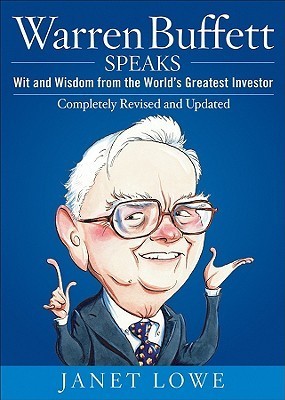
Value Investing: From Graham to Buffett and Beyond
Book Description
Unlock the secrets of wealth that have transformed ordinary investors into legends. Journey through the timeless principles of value investing, from the revolutionary insights of Benjamin Graham to the formidable strategies of Warren Buffett. Dive into a world where undervalued assets hold the key to financial triumphs, revealing a roadmap that transcends markets. Experience the thrill of outsmarting the crowd, navigating volatility, and seizing opportunities others overlook. With sharp analysis and compelling anecdotes, this book is your gateway to mastering investment wisdom. Are you ready to discover the path that could change your financial destiny forever?
Quick Book Summary
"Value Investing: From Graham to Buffett and Beyond" by Bruce C. Greenwald explores the evolution and enduring relevance of value investing. Drawing on the foundational principles of Benjamin Graham and the transformative methods of Warren Buffett, the book delves into the psychology, strategies, and practical techniques behind successful investing. Greenwald provides a roadmap for identifying undervalued assets, assessing companies' true worth, and minimizing risk. Through detailed analysis and real-world case studies, readers learn how to navigate the complexities of modern markets while adhering to a disciplined investment process. This book equips both novice and experienced investors with the tools to outsmart the crowd, focusing on long-term value creation rather than short-term speculation.
Summary of Key Ideas
Table of Contents
Principles of Intrinsic Value
The book begins by outlining the foundational principles of value investing, established by Benjamin Graham. It explains the concept of intrinsic value—the true worth of a business based on its fundamentals, such as earnings, assets, and growth prospects. Graham advocated for buying stocks trading below their intrinsic value, providing a safety net against market volatility. This disciplined, analytical approach helped protect investors from speculation and emotional decision-making, cementing value investing as a cornerstone of sound financial strategy.
Margin of Safety and Risk Management
A critical concept explored is the margin of safety, which refers to purchasing securities at a significant discount to their assessed value. This doctrine minimizes the risk of capital loss and provides a cushion against unforeseen market downturns or business difficulties. The author illustrates how risk management is intrinsic to value investing, encouraging investors to be patient, perform meticulous research, and resist the temptation of following market trends blindly. Real-world examples and historical case studies showcase the margin of safety in action.
The Evolution from Graham to Buffett
The book also discusses how Warren Buffett transformed Graham's principles. While Graham emphasized quantitative metrics and often targeted struggling companies, Buffett advanced the philosophy by focusing on business quality, competitive advantages (moats), and strong management. Buffett’s strategies highlight the importance of understanding a business’s long-term prospects rather than only its current financials. This evolution enables investors to identify enduring companies that compound value over extended periods.
Psychology and Behavior in Investing
Behavioral finance and investor psychology are identified as critical influences on successful value investing. Greenwald argues that recognizing and mitigating cognitive biases—such as overconfidence, herd behavior, and short-termism—is essential. By maintaining a rational, disciplined approach, investors can capitalize on opportunities that are overlooked by the broader market. The author provides insights into reading market sentiment, avoiding common traps, and cultivating the patience required for value strategies to bear fruit.
Modern Applications of Value Investing
Finally, the book examines the modern applications of value investing amid contemporary market complexities. With increased market efficiency and the advent of technology, identifying true bargains requires sophisticated analysis and adaptability. Greenwald discusses practical tools for analyzing undervalued stocks, integrating qualitative factors, and constructing diversified portfolios. He emphasizes that although markets have changed, the timeless wisdom of value investing—grounded in careful analysis, risk management, and psychological discipline—remains an essential guide for achieving lasting financial success.
Download This Summary
Get a free PDF of this summary instantly — no email required.





